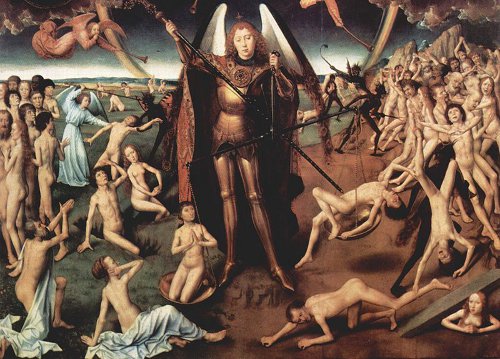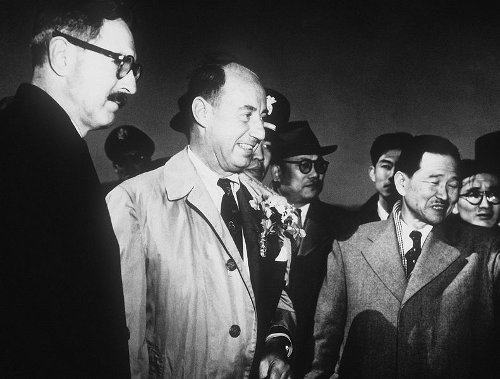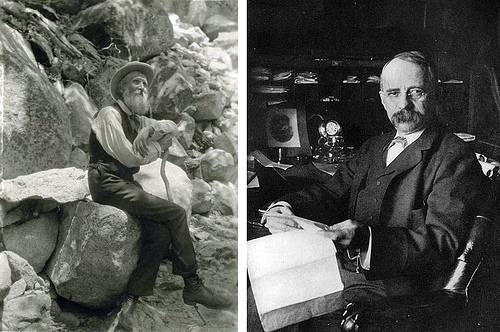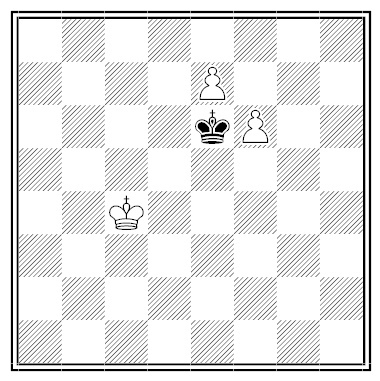
An era, midst its dim arena
Elapses pale.
No, in uneven union
Liars, alas, rail.
— Leigh Mercer

An era, midst its dim arena
Elapses pale.
No, in uneven union
Liars, alas, rail.
— Leigh Mercer
From the New Englander and Yale Review, January 1843: “The great etymological affinity between Italian and Latin, is illustrated by the following lines addressed to Venice, by a citizen of that republic before its fall, which read equally in both languages”:
Te saluto, alma Dea, Dea generosa,
O gloria nostra, O Veneta Regina!
In procelloso turbine funesto
Tu regnasti secura; mille membra
Intrepida prostrasti in pugna acerba.
Per te miser non fui, per te non gemo;
Vivo in pace per te. Regna, O beata,
Regna in prospera sorte, in alta pompa,
In augusto splendore, in aurea sede.
Tu serena, tu placida, tu pia,
Tu benigna; tu salva, ama, conserva.
A reader of Notes and Queries, August 1868, presents these lines as “being at the same time Latin, Italian, and Portuguese”:
In mare irato, in subita procella,
Invoco te, nostra benigna Stella.
Vivo in acerba poena, in maesto horrore,
Quando te non imploro, in te non spero,
Purissima Maria, et in sincero
Te non adoro, et in divino ardore.
Et, O vita beata, et anni et horae
Quando, contra me armato odio severo
Te, Maria, amo, et in gaudio vero
Vivere spero ardendo in vivo amore.
Non amo te, regina augusta, quando
Non vivo in pace et in silentio fido;
Non amo te, quando non vivo amando.
In te sola, Maria, in te confido,
In tua materna cura respirando,
Quasi columba in suo beato nido.
sialoquent
adj. spraying saliva when speaking

At a Houston Baptist convention on the campaign trail, Adlai Stevenson was told, “Governor Stevenson, we want to make it clear you are here as a courtesy, because Dr. Norman Vincent Peale has instructed us to vote for your opponent.”
Stevenson said, “Speaking as a Christian, I find the Apostle Paul appealing and the Apostle Peale appalling.”
Samuel Isaac Jones offered this poser in his 1929 book Mathematical Wrinkles:
Cook was within 10 miles of the north pole and Peary was also within 10 miles of the pole, but 20 miles from Cook. What direction was Peary from Cook? Suppose Peary threw a ball at Cook and hit him. In what direction did the ball go?
He omitted the answer, apparently inadvertently. What is it?

Overhearing a group of scientists praising financier E.H. Harriman during an 1899 expedition to Alaska, John Muir interrupted them.
“I don’t think Mr. Harriman is very rich,” he said. “He has not as much money as I have. I have all I want, and Mr. Harriman has not.”
On Aug. 24, 1867, solicitor’s clerk Frederick Baker took a tea break and strolled into the meadows near the hop fields of Alton in Hampshire. There he found three little girls. He played with them, running races and picking blackberries, then dismissed two of them with three halfpence. They watched him carry 9-year-old Fanny Adams up the hollow, telling her, “Come with me, and I will give you twopence more.”
Searchers found Fanny’s head on a hop pole. Both eyes had been gouged out and one ear torn off. Her arms were found in two locations, one hand still holding two halfpennies. Her heart had been scooped out of the upper torso, one foot was found in a field of clover, and her legs were assumed to have been taken by River Wey. There was no evidence of sexual assault because her lower torso was never found.
Baker couldn’t explain the bloodstains on his cuffs and argued only that his knife was too small to have done the work. He was found guilty of wilful murder and hanged on Christmas Eve.
His diary entry for Aug. 24 read, “Killed a young girl. It was fine and hot.”
Philip the Third was gravely seated by the fireside: the fire-maker of the court had kindled so great a quantity of wood, that the monarch was nearly suffocated with heat, and his grandeur would not suffer him to rise from the chair; the domestics could not presume to enter the apartment, because it was against the etiquette. At length the Marquis de Potat appeared, and king ordered him to damp the fires; but he excused himself; alleging that he was forbidden by the etiquette to perform such a function, for which the Duke D’Usseda ought to be called upon, as it was his business. The duke was gone out; the fire burnt fiercer; and the king endured it, rather than derogate from his dignity. But his blood was heated to such a degree, that erysipelas of the head appeared the next day, which, succeeded by a violent fever, carried him off in 1625, in the twenty-fourth year of his age.
— Isaac Disraeli, Curiosities of Literature, 1824
William Shepard Walsh tells of “two Englishmen who, after being shipwrecked on a desert island, refuse to speak to each other because they have not been introduced.”
After a day at the races in England, a friend told Mark Twain, “I wish you’d buy me a ticket back to London. I’m broke.”
Twain told him he couldn’t afford two tickets but proposed that his friend sneak aboard the train and hide under Twain’s seat. Then he bought two tickets anyway.
When the train had got under way, the inspector appeared to collect Twain’s ticket. When Twain gave him two, he looked about the compartment and said, “Where’s the other one?”
Twain pointed under his seat, smiled, and said, “My friend is a little eccentric.”

By Bruno Sommer, 1910. White has just moved, and he realizes too late that he could have mated Black on the move. What was his last move, and what was the mate?